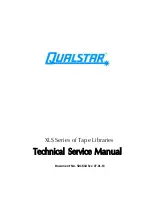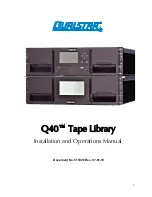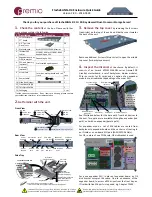Summary of Contents for iS16U3
Page 1: ...SATA II RAID Subsystem User Manual Revision 1 0 ...
Page 38: ...SATA II RAID Subsystem 38 User Manual ...
Page 39: ...SATA II RAID Subsystem User Manual 39 ...
Page 40: ...SATA II RAID Subsystem 40 User Manual ...
Page 41: ...SATA II RAID Subsystem User Manual 41 ...



































